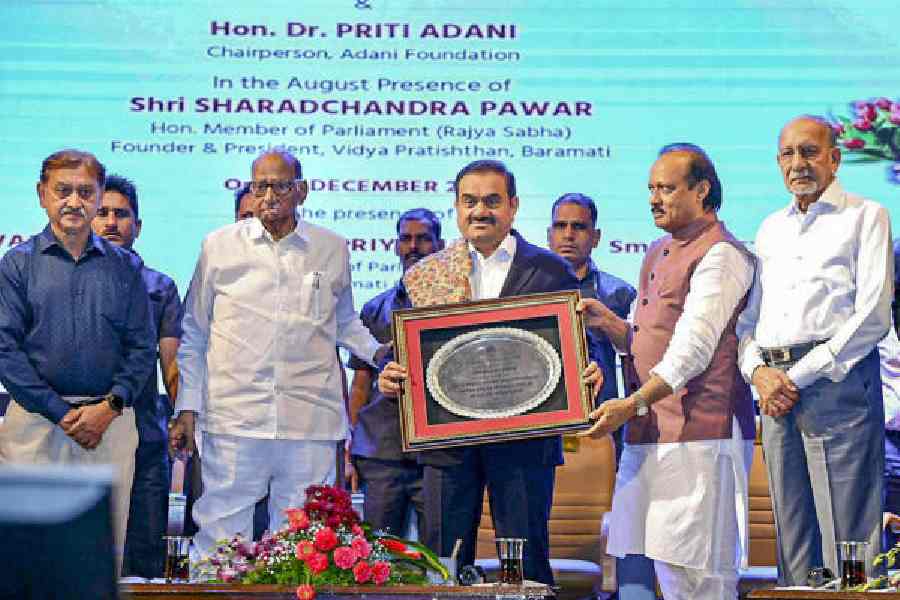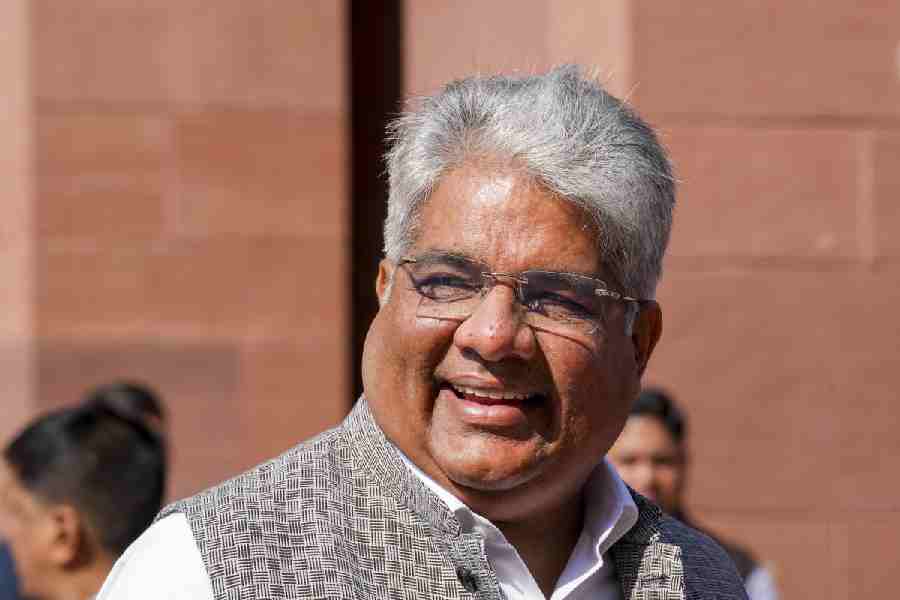Daily new Covid-19 infections among children during a possible third wave’s peak could on average rise to seven times the second wave’s crescendo counts, according to calculations made for Karnataka that could be tailored for other states.
The calculations by researchers at the Indian Institute of Science and the Indian Institute of Public Health in Bangalore have projected likely future epidemic scenarios amid concerns that laxity in precautions, waning immunity or new coronavirus variants might trigger a third wave.
Their computer simulations point to what it would take Karnataka to avert a third wave and under what conditions such a surge appears inevitable. Doubling the current vaccination rate and adhering to strict Covid-19-linked precautions, for instance, could blunt the impact of or even avert a third wave.
Experts say future surges — either in states or across India — would depend on the proportion of the population protected by natural immunity or vaccination, level of adherence to Covid-19 precautions and whether new coronavirus variants capable of evading immune responses emerge.
T. Jacob John, a senior clinical virologist who was formerly at the Christian Medical College, Vellore, is among experts who believe India is unlikely to see a third nationwide wave because of a large already infected and vaccinated population. But local surges within states may occur.
The IISc-IIPH study suggests that the larger the population protected by Covid-19 vaccines, the lower the threat of a third wave.
At Karnataka’s current vaccination rate of 280,000 daily doses, if a new immune-escape variant emerges in September, a third wave will likely peak in January 2022 with a maximum of 229,000 active cases, the simulations have suggested.
However, if the vaccination rate is doubled to 560,000 daily doses and a new immune-escape variant emerges in September, a third wave will likely peak in February 2022 with a maximum of only 25,000 active cases.
Under the 560,000 daily doses scenario, if a variant emerges in November, there will be no third wave, according to the simulation.
The IISc-IIPH study has not been peer-reviewed so far, but posted on medRxiv, an online archive of research papers.
The researchers have also attempted to forecast infection counts among children amid concerns that they might be disproportionately impacted during a third wave because a significant proportion of adults 18 years or older are now protected by vaccination.
Their study suggests that the daily new infections among children (0 to 17 years) during a third wave’s peak in Karnataka could range from four to 10 times the numbers during the second wave.
A seven-fold rise would be over 30,000 daily infections, compared with roughly 4,300 daily infections among children in Karnataka during the second wave peak in May 2021.
In a worst-case scenario, daily new infections among children below 11 years could rise to 21 times the second wave’s peak.
Sections of paediatricians have in recent weeks sought to douse concerns that a third wave might hit children harder, arguing with data from India and across the world that the vast majority of children remain asymptomatic or show mild symptoms.
“Our findings show the importance of increasing the pace of vaccinations,” said Sashikumaar Ganesan, associate professor of computational sciences at the IISc and study team member.
“A higher vaccination rate lowers the caseload and at a doubled vaccination rate with Covid-19-appropriate behaviour such as wearing masks, physical distancing and avoiding crowds, a third wave could be averted,” Ganesan said.
While the calculations are for Karnataka, he said, they could be done for other states using local data on proportions of people infected and vaccinated and vaccination rates.
“The dynamics of the epidemic are similar,” Ganesan said. “The forecast could be applied to other states too.”










